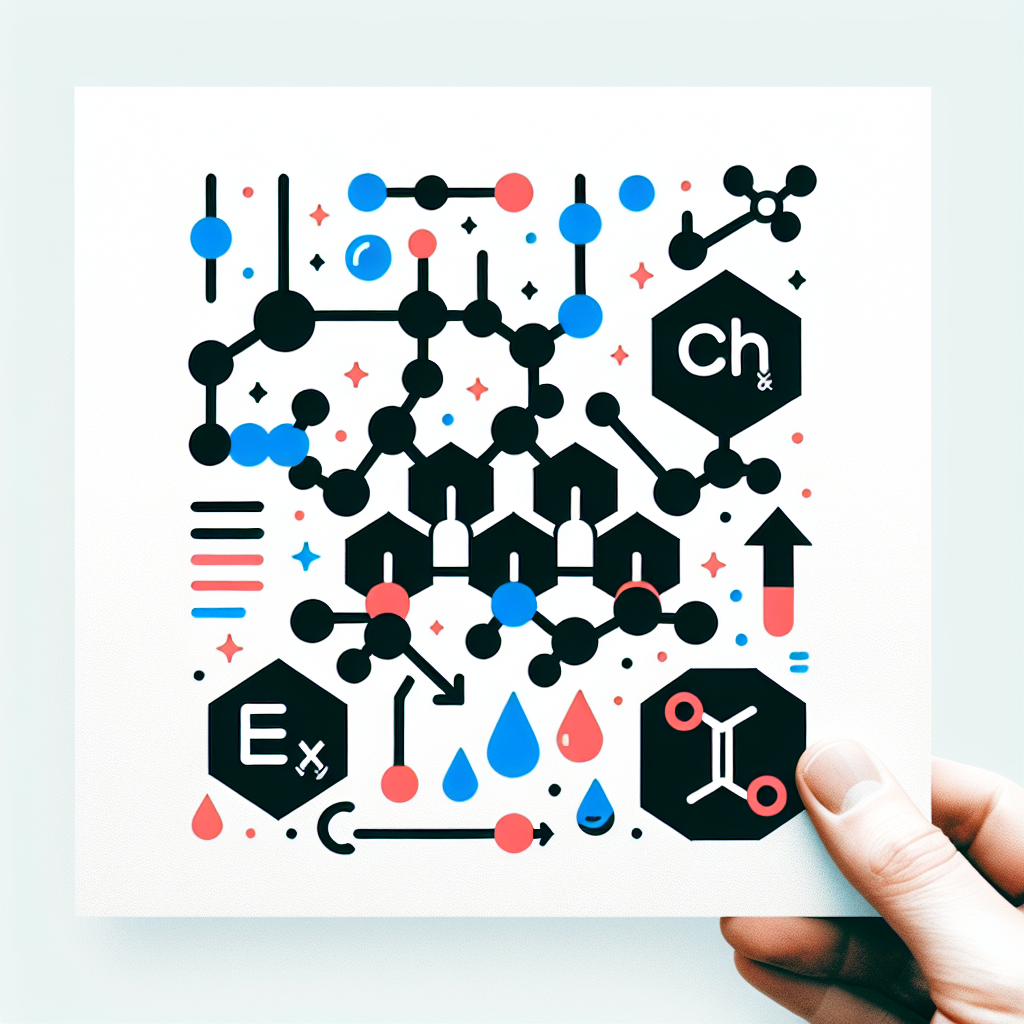
Polymer Chemistry
Polymer chemistry revolves around polymers - long, chain-like molecules made of smaller parts called monomers. Think of these as long freight trains built from individual cars. It's the study of how these monomers interact, combine, and form complex structures, like how LEGO blocks can build a larger model. This discipline helps us create various materials like plastics, paints, adhesives, and even proteins. The structure and properties of a polymer depend on the type and arrangement of the monomers, just like different LEGO designs result from diverse bricks and their configuration.
Additional Insights
-

Polymer chemistry is the study of large molecules called polymers, which are made up of repeating smaller units known as monomers. These long chains of molecules give rise to a wide variety of materials, such as plastics, rubber, and fibers. By changing the types of monomers and how they are linked together, chemists can create materials with different properties, like flexibility, strength, or durability. This field plays a crucial role in developing everyday products, from clothing and packaging to advanced materials used in technology and medicine.
-

Polymer chemistry is the study of large molecules known as polymers, which are made up of repeating units called monomers. These materials can be natural, like rubber and DNA, or synthetic, like plastics and nylon. The properties of a polymer depend on its structure, composition, and how the monomers are linked together. Polymers play a crucial role in everyday life, used in everything from clothing and packaging to medical devices and electronics. Understanding polymer chemistry helps in creating materials with specific qualities, leading to advancements in technology and improving various products we use daily.